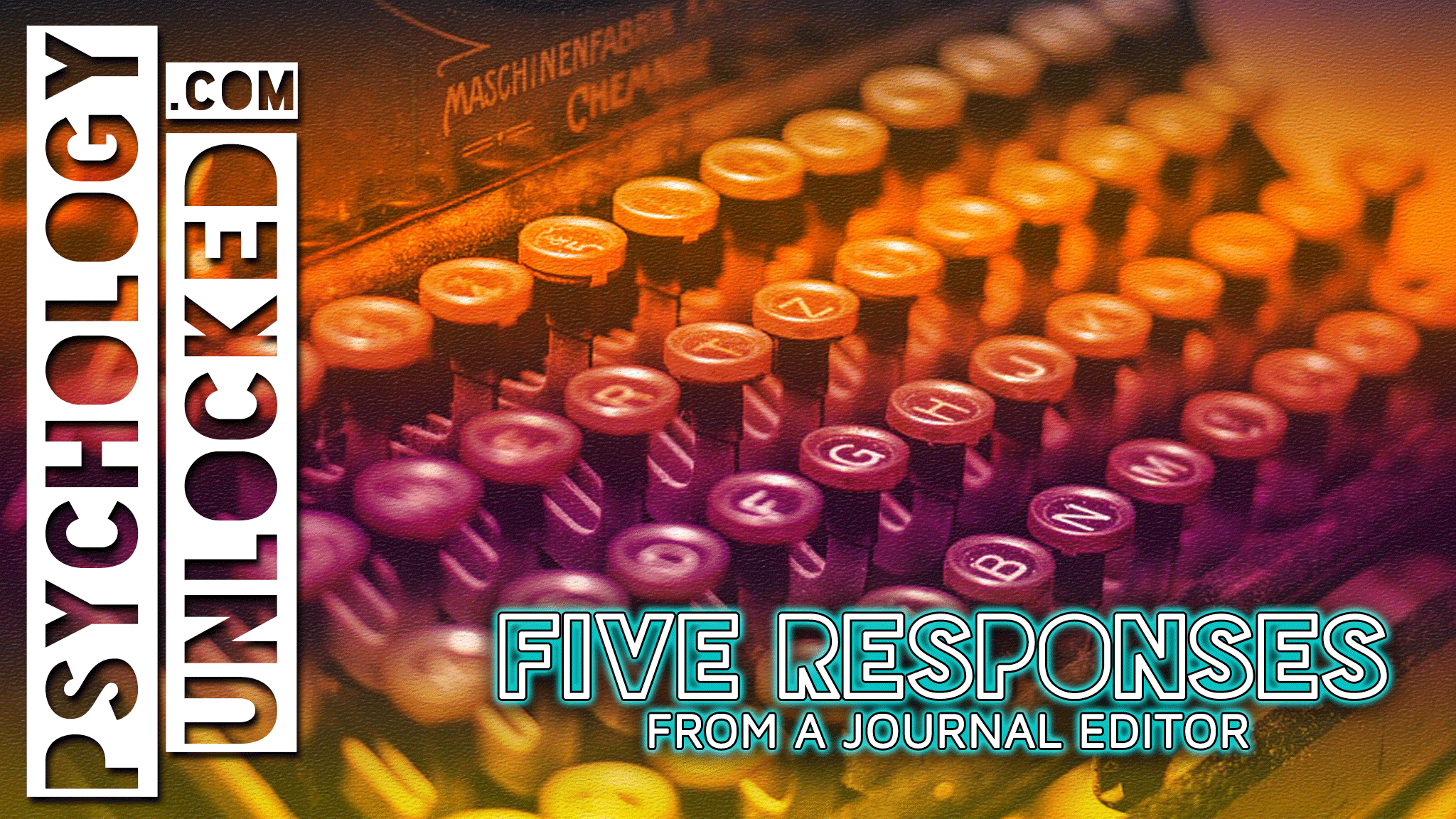
SCROLL DOWN FOR VIDEO
Academic journals are the most widely used and respected mediums for sharing scientific research and discoveries.
Journals include a variety of articles, ranging from full research papers, where researchers can share their work with others, to discussions and reviews.
Sometimes an editor of a journal will put out a call seeking submissions on a certain theme for a special issue, otherwise the editor will have to select work on the basis of what has been sent in.
- The Dunning-Kruger Effect: Why we think we know more than we do
- The Yale Food Addiction Scale: Are you addicted to food?
- Addicted to Pepsi Max? Understand addiction in six minutes (video)
So what’s the process of submitting a piece of work to a journal editor? Why do it, and what response might you get?
How to submit your work to a journal
Every journal is slightly different, but it’s usually quite straightforward to submit work to the editor. Afterall, they want to receive articles.
Usually a quick browse on the journal’s website will provide an editor’s contact details and information about what sort of submissions they are looking for.
You’ll also be able to see this information in the physical journal if you, or your library, subscribes.
Very importantly, only submit your work to relevant journals! Don’t send a blanket submission to every journal you’ve ever heard of – it won’t help your chances of publication and can annoy the editor!
Why submit your work to a journal?
There are many reasons to submit an article to a journal.
One reason is simply that it can be exciting to see your work in print. It’s a motivational boost and something to show for the hours of research you’ve completed.
Another reason is for the further advancement of scientific knowledge. It’s all well and good doing the research, but if you don’t share your results then you’ve not developed thinking in the field. Sharing is caring.
Finally, there may be some professional benefits of getting your work published – especially in the more “elite” journals. This can look impressive to university departments and also to institutions who provide funding for research. Getting published can open doors to future progression.
Five potential responses from a journal editor
So, you’ve completed your research project and you’ve written up your paper. Now you want to get it published.
Once you’ve selected a handful of relevant journals that you think might appreciate your work and want to publish it, it it’s time to send it off and wait for their response.
The editor will forward your work on to their chosen reviewers, and after collating their feedback will send you one of the following replies.
Acceptance Without Revision
Horray! Congratulations! Your work is going to be printing. There’s nothing more you need to do – it’s exactly what the editor was looking for, so just keep an eye out for your work in an upcoming issue of the journal.
Acceptance With Revision
The editor likes your work and wants to publish it. However, they have noticed a few minor errors or tweaks that they’d like you to make before it is ready to go.
All you need to do is make the adjustments as requested by the editor and send it back for final acceptance.
Rejection Without Prejudice
This is a no… for now. In its current form, the work isn’t to the standard that the editor wants it to be for publication.
Usually the editor will provide some pointers as to what they are looking for. If you make these changes (and they might be quite big changes), then you are welcome to resubmit the work.
However, even if you make all the changes, the editor might still decide not to publish it. They have merely agreed to re-review the work “without prejudice” if you make the changes.
Rejection
I think we all know what this means! This article is not going in this journal. For whatever reason the editor doesn’t want to publish your work.
There are some key factors to keep in mind in order to limit your chances of receiving a rejection:
- Make sure your spelling and grammar is perfect – an editor isn’t your high school English Teacher and doesn’t have time to teach you how to spell, or what an apostrophe is for!
- Make sure you only send you work to relevant journals – if you’re researching human experiences of joy, don’t submit it to the Journal of Animal Psychology! Equally, if your work researches emotions in domesticated animals, don’t send it to the Journal of Consumer Psychology.
No Decision
Arghhh, just make a decision won’t you?! This one’s a tough one. For one reason or another, the editor isn’t able to make a decision about your work right now.
It’s not a rejection. But it’s not an acceptance either. They are putting you on hold.
Usually the editor will be able to give you an idea as to what is limiting their ability to make a decision: perhaps they’re waiting on another piece of work to come in and they’ll need to compare the two side-by-side. Or maybe your research has sparked some thoughts in the editor’s mind that they’d like you to think about before going to print.
Anything’s better than being ignored
Whatever the outcome, if you receive a reply from the editor be sure to be respectful of their time and decision.
A quick reply of thanks for their acceptance, or feedback, goes a long way and can support your future submissions.
Nice people like to work with nice people…!
